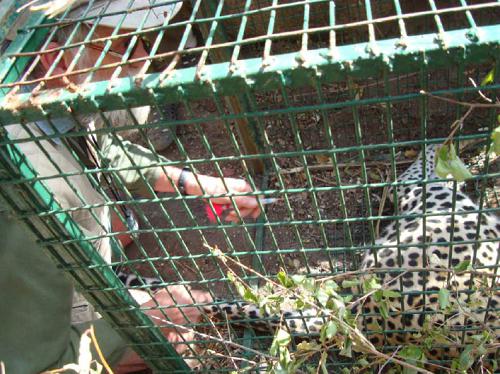Daniel Parker
The aims of the project are to assess the population density of leopards and determine the spatial ecology of leopards in the Marula area of Zimbabwe.

With the ever-expanding human population and inevitable development, Africa’s carnivores are coming under severe threat due to the loss of natural habitat, over hunting, reduced numbers of prey and human-predator conflicts. In order for carnivores to exist in this context, information on their population sizes, movement patterns and habitat preference is needed for their successful conservation. There is a paucity of information on leopards in Zimbabwe. Thus, it is envisioned that the outputs of this proposed study will provide the Zimbabwe Parks and Wildlife Authority (ZPWA) with a reliable leopard population estimate, upon which future (long-term) trophy hunting and problem animal control quotas for the area can be based.
The results of this study will not only provide this population estimate, but also a robust methodology that can be used for future leopard censuses in areas with similar land use and/or habitat types. In addition, our data will form part of the larger National Leopard Management Programme (NLMP), commissioned by the ZPWA and implemented by the Zambezi Society, which is conducting similar research at five other sites in Zimbabwe. Importantly, leopards are one of the apex predators in the Marula region. Apex predators are known to have a strong structuring influence on ecosystems and are critical to maintaining biodiversity. We believe that this further emphasises the importance of studying the leopards of Marula.